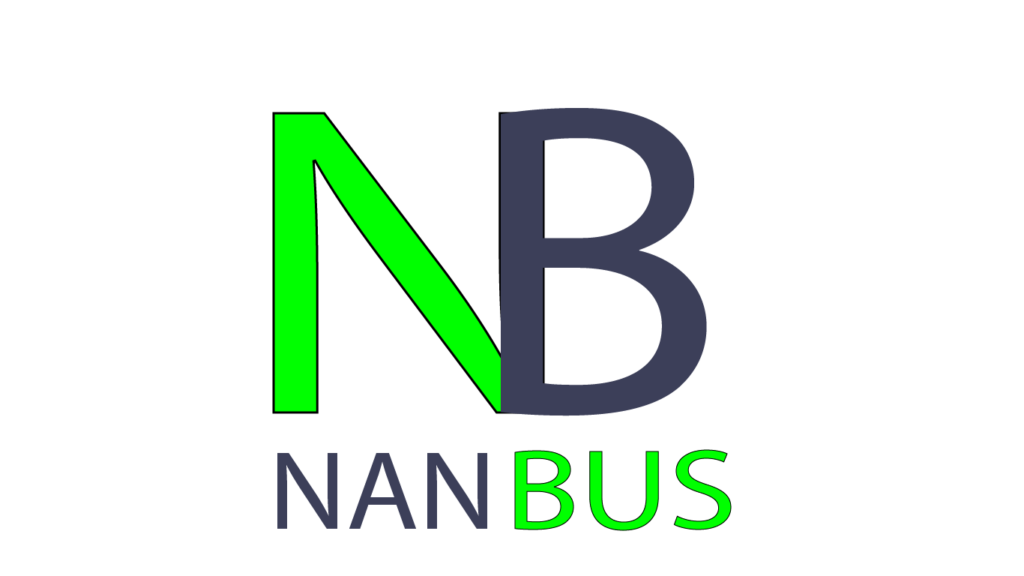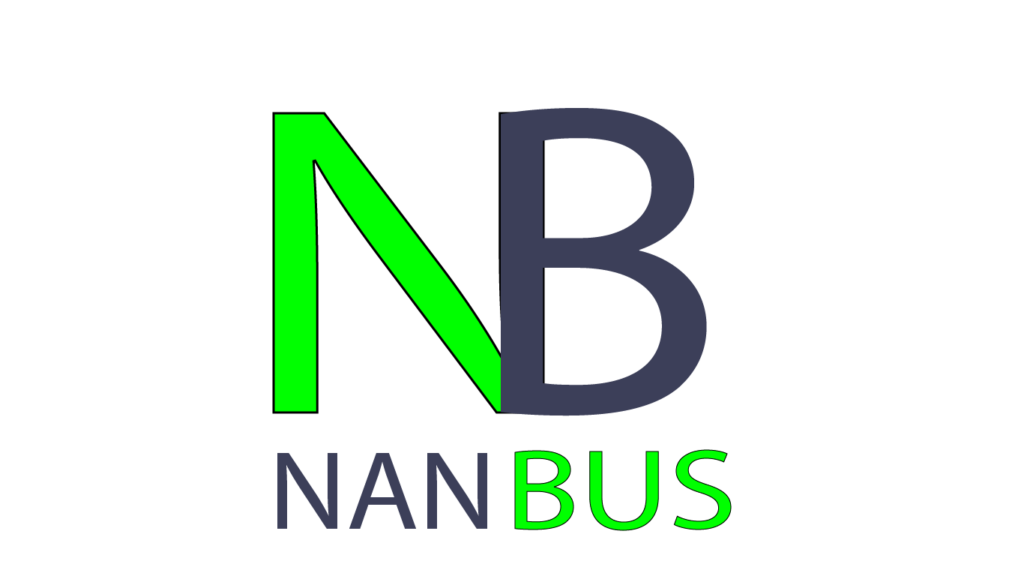In today’s competitive business environment, it has become vital for a brand to have enhanced brand-sensing abilities to allow it to attract and retain its desired customers. More than winning customers, a well-defined brand aids in winning trust and devotion. Here’s a guide, step by step, on how to build an impressive brand that mirrors your values, captures your audience, and is unforgettable.
All brand identity development revolves around the brand’s core values and the ‘why’ of the brand. Therefore, the questions below are the most fundamental in this process of brand creation:

Step 1: Determine Your Brand’s Core Values and Mission
What do you believe your brand stands for?
What customer need do you meet or satisfy?
What values guide your brand?
Often, the vision and mission of a brand reveal everything the brand stands for and serve as the foundation of virtually all marketing and related communication. Continuous guidance on this enables the construction of a brand true to the audience.
Example: An example to this is the mission for which every athletic apparel company takes place: their vision to ‘bring inspiration and innovation to every athlete in the world’. Their target is everyone in the current world who seems desire to exercise. This clearly states what they do, which is manifest in palm of the market.
Step 2: Know Sparking Your Audience
Whenever new customers are being gained, brand identity is important to dedicate for a certain audience. Proceed with an assessment of who your clients are, their requirements, principles, and their brand-enhanced behavior. Demographics, preferences, and even pain points of the target audience play a crucial role in crafting the brand.
To achieve this:
Conduct surveys or focus groups.
Survey client records.
Who are your ideal customers and create fictional characters to represent them.
After you know your audience, you will be able to create messages, visuals, and experiences that move them effectively and efficiently.
Step 3: Create Visual Identity of the Brand
Visual identity is the most apparent but shallower dimension of a brand relished by the audience. It includes logos, color schemes, typefaces, and images. These components should contain the inner essence of the company and be maintained at all the marketing channels.
Logo: An optimally crafted logo serves as a brand face, hence appropriate and brief usage needed.
Color Palette: Colors stimulate feelings and create impressions. Be sure to consider color composition for your brand, such as blue for trust, red for heat, green for nature awareness, etc.
Typography: The choice of Fonts brings enlightenment into the brand. Choose fonts that are in line with the brand’s voice, considering if it is contemporary, formal, fun, etc.
Imagery: The type of imagery you employ should be consistent with your brand’s
Step 4: Create Your Brand Tone and Messaging Strategy
The tone of your brand is essentially how you talk to your audience. It must be in the same manner consistently in marketing, PR, and even when providing customer support.
Style: Establish if your style will be more casual and friendly if you’ll be clever nitpicking or be heavy and serious. This is determined by the audience and nature of business.
Slogans: All your key messages should be correct. They should be concise and systematically aligned to your core values. Use new concepts and focus on how to deliver your positive wig.
Example: Coca-Cola’s brand voice can be termed as joyful and inclusive, which is very much in line with the brand’s promise of making people happy and uniting them.
Step 5: Ensure There Is Uniformity Across All Points Of Contact
Uniformity is an essential feature in the making of a brand’s identity as well as facilitating the audience in recognizing the brand. It is essential that the imagery as well as the language of the brand is consistent in every aspect, such as:
The company’s website and blog.
Facebook, Twitter, and more active social accounts.
Marketing Materials.
Product and wallet designs.
Example: In its marketing process, McDonald’s incorporates its golden arches and its color scheme all the time, hence ensuring a consistent look and feel of the brand in all the markets.
Develop a mental picture of the next step: Your Brand will Create More and More Value in the Future
The identity of the brand is static. When developing, if the business grows or the market modifies, then that is the time an organization should assess the brand and make adjustments if needed. Without losing your values and mission, be prepared that some of the aspects of visual design, messaging, and positioning may need to change.
Brands succeed in remaining strong but transform in a productive manner to catch onto new trends and expectations of people. It could be as simple as a small logo change or changing the tone of the brand. Everything is quite pliable in order for the brand to avoid being perceived as dull.
Example: The Company Google has worn a series of logotypes but never fundamentally changed the concept, relying on finesse-based practices of reliable yet playful technological company persona.
Conclusion
In order to construct an impactful brand identity, it is crucial to possess a firm grasp of your values, audience and their relentless delivery across multiple channels. This step-by-step approach gives you all the tools necessary to build a brand that is unique, connects with your target audience, and creates brand loyalty. You should be aware that despite your core brand attributes remaining intact over the years, your brand does not remain in a vacuum.
⠀

